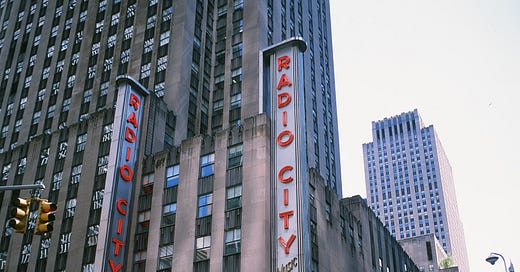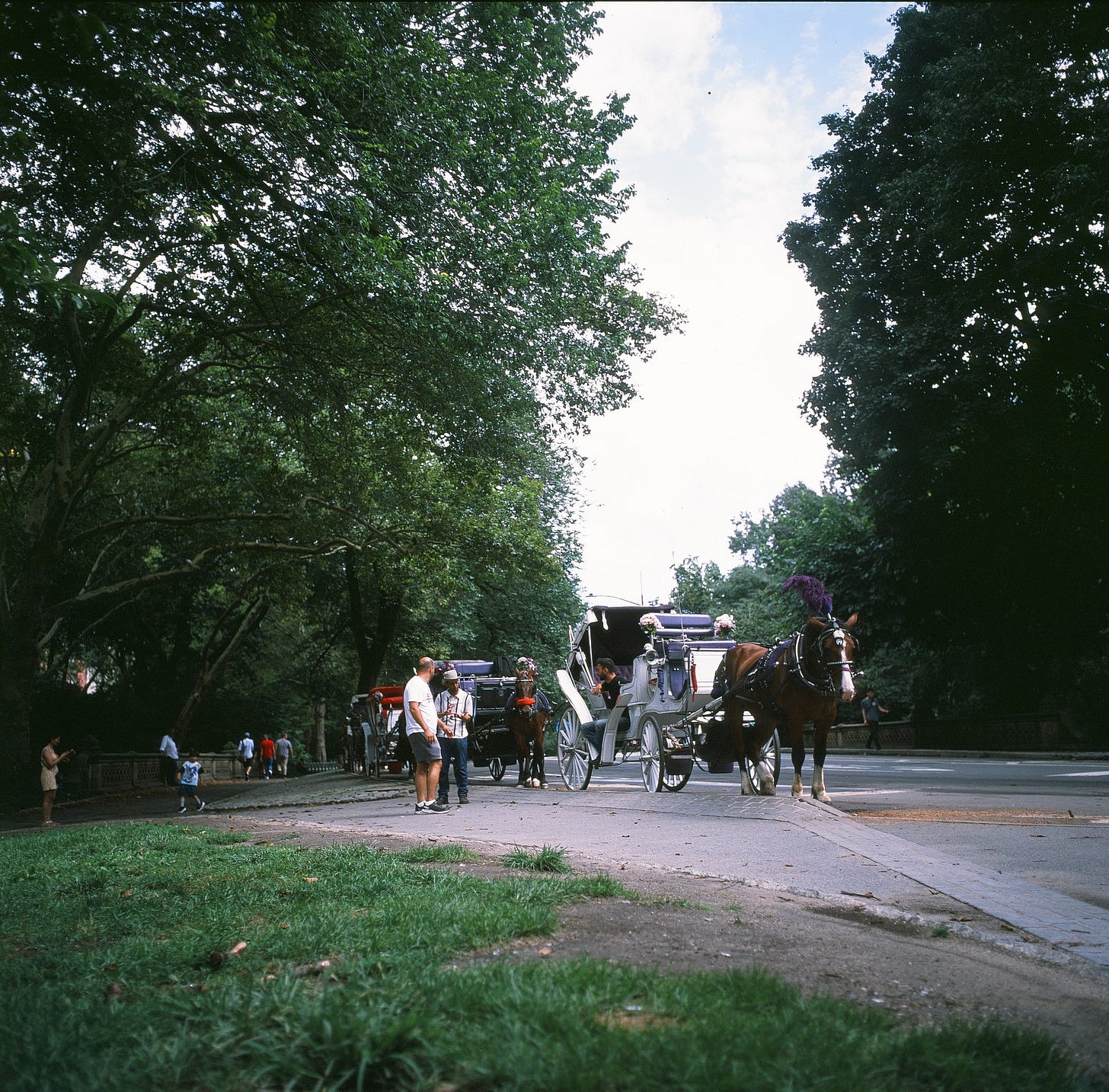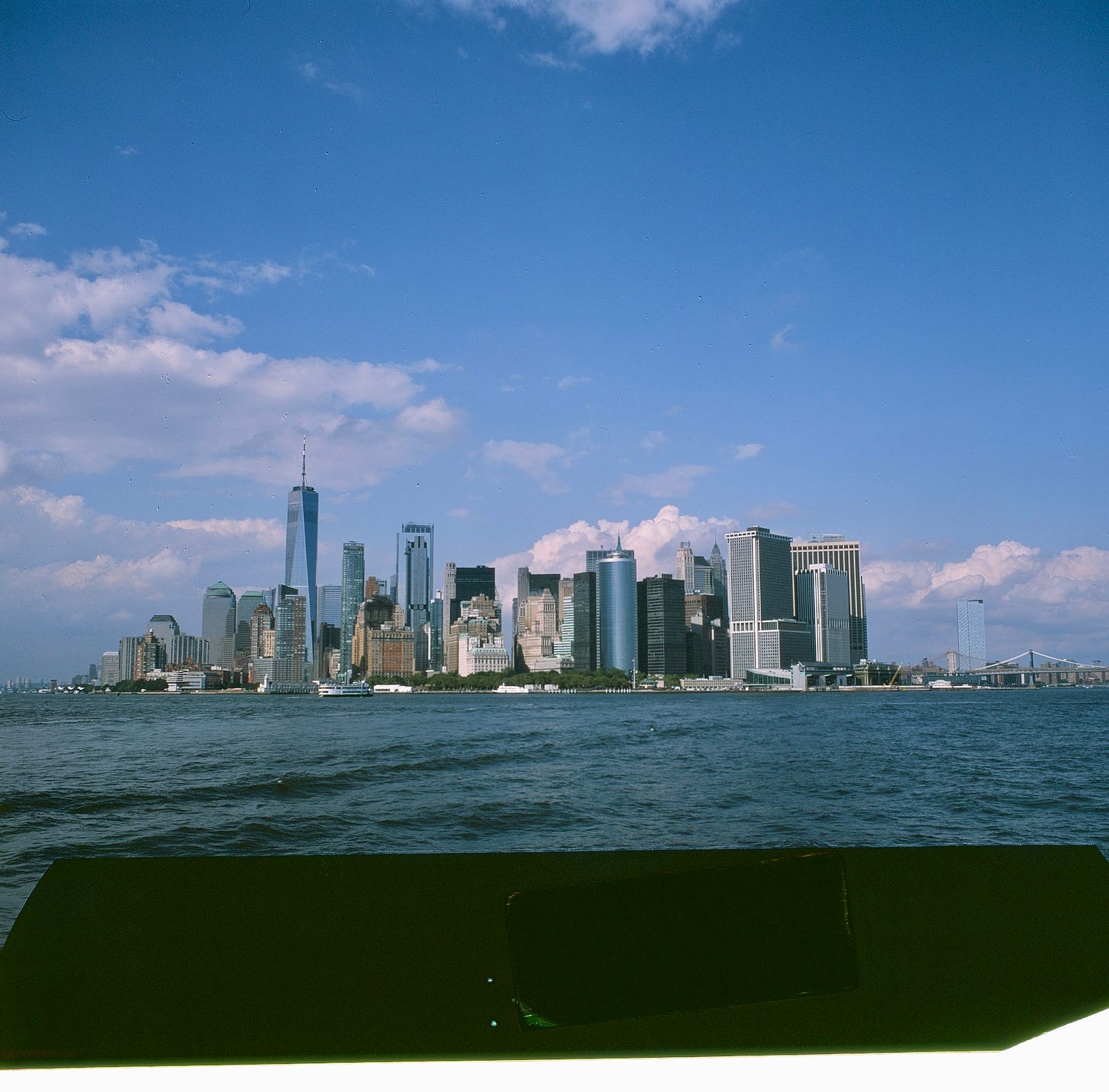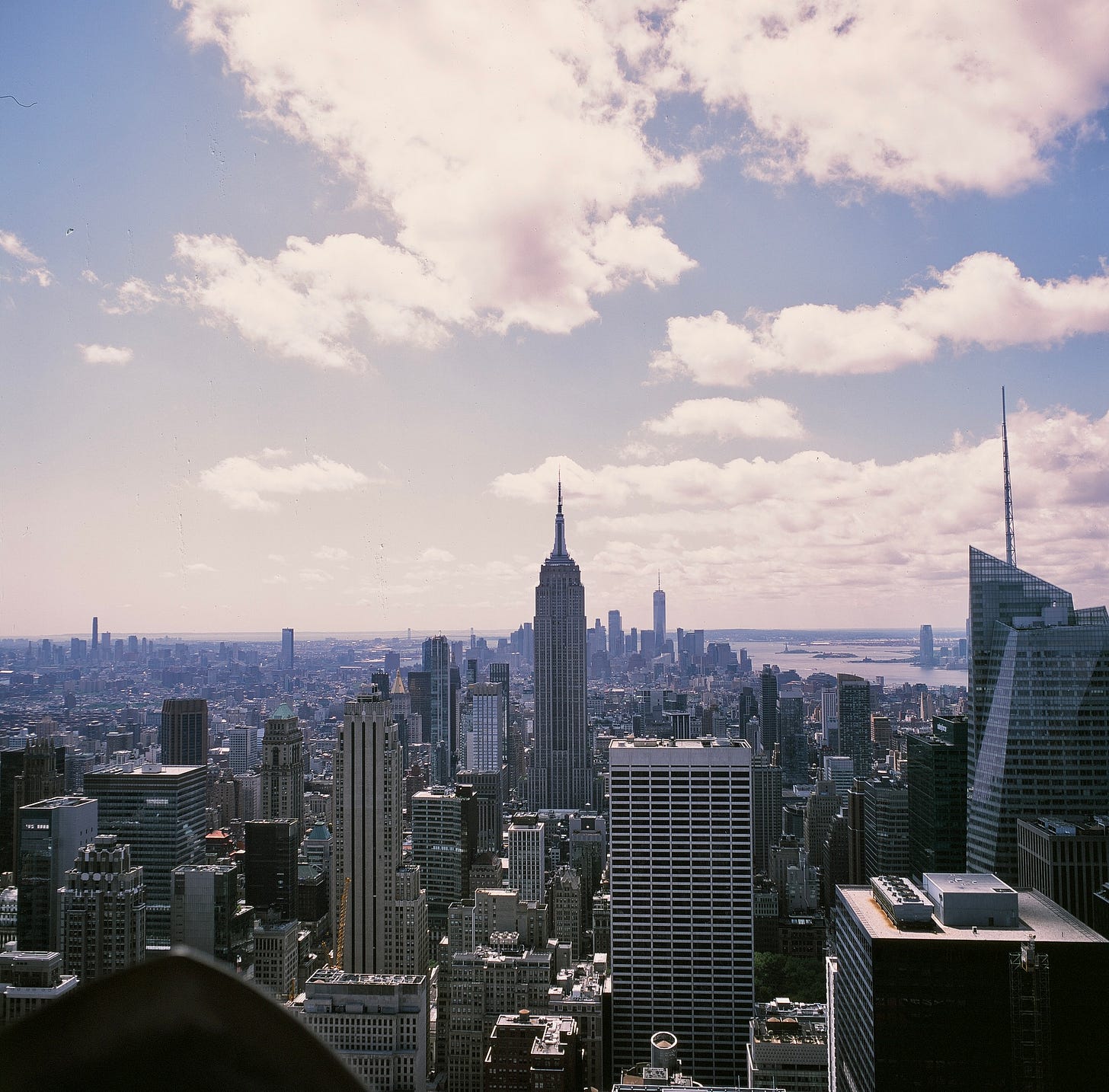Taps mic… is this thing on?
One of the reasons why I started this Substack was to post a higher resolution, “slow feed” compiling themes across a broader stretch of time. But I also wanted to see if I had anything worthwhile to say about photography generally.
Last week, World Press Photo capitulated from their original stance that AI-generated imagery would to some extent be permitted in the Open Format category for their annual contest. Their update earlier this week rolls this back.
Photo manipulation, of course, is nothing new—a favourite of politicians and media outlets. What is new is the ease, accessibility, and speed with which people can implement photo manipulation.
A more accurate way to put it however would be that people are allowed and encouraged cede control over the final result—the creative decision-making—to automation. Not only are we increasingly unsure or even unaware of which images we see are real, but the position of trust for the images we create ourselves is put in peril. One such issue in recent years has been an awareness of over processed images taken by smartphones. This is surely part of the impetus for Gen Z taking to the digicams of their childhoods, fuelled by a mix of nostalgia and a desire for realcamera. Part of it is AI generation creeping in to smartphone images—inventing details that simply were not there; sometimes dishonestly, and sometimes with fanfare. On the professional side, major companies are aware of the emergent issues, evidenced by Adobe’s Content Authenticity Initiative and the Writing with Light collective.
Running parallel, perhaps, to this chaotic reality is the film world. I hesitate to say it’s tangibly different from the digital photography world, but it is. A clumsy metaphor might be to think of it as amplified music versus unamplified music. Amplification of course enabled all kinds of sonic possibilities that weren’t possible—the age of crooners; most music we hear today. But off in the corner, film photographers persistent today in creating stunning imagery, untouched by algorithms. As I tell my high school photography students each year, it’s just an empty box, chemistry, physics, and you. And that’s partly how I see the enduring qualities of unamplified music and the loving dedication people have to it.
My own journey as a film photographer has been slow, tentative, and moving. Last August I made my pilgrimage to B&H photo’s only physical location, in Manhattan, and acquired a Mamiya C330S. A couple of interesting qualities about the C330 series is the focusing bellows which allow very close focusing, as well as the fact that the lenses are interchangeable. (Otherwise, typically with twin-reflex cameras, there’s a fixed normal-length lens, and you liked it.) Elsewhere, I found Provia 100F slide film, and I decided to try it out around town.
Last week, I got the results after processing in Montreal (as Ottawa doesn’t do E-6 anymore):
Some technologies wrest control from you, some ask that you cede some part of it, and some demand that you take control. What tool is best for what job is up to your judgement. What’s important is that we are at least aware of these choices and the impact they have on the results.









I really enjoyed reading this! Even with film photography, there is an implied perspective or bias of the photographer; this is why it's always bothered me when people claim that film photography is "pure." I'd argue that most art-making isn't, as we all imprint our perspective on our work, whether digital or analog. Automation is also going to be informed by the maker's bias, which I think people forget sometimes (Amazon hiring scandal anyone?)
A side thought about photography and automation (in analog form) that came to mind is the photo booth. I've always loved the strange contrast between the controlled automation of the booth and the intimacy of the space it creates. Photo booths also gave the every day person a sense of autonomy if they couldn't afford to take "real" photographs. Many artists have used or manipulated this technology as inspiration, which makes me wonder how artists will use AI in the future, for better or worse. All stuff to mull over ...
If you're curious at all about photo booth history, I'd recommend Photo Booth: A Biography by Meags Fitzgerald: https://www.meagsfitzgerald.com/photoboothabiography
I knew them in Montreal, and they have so many interesting things to say about this topic!